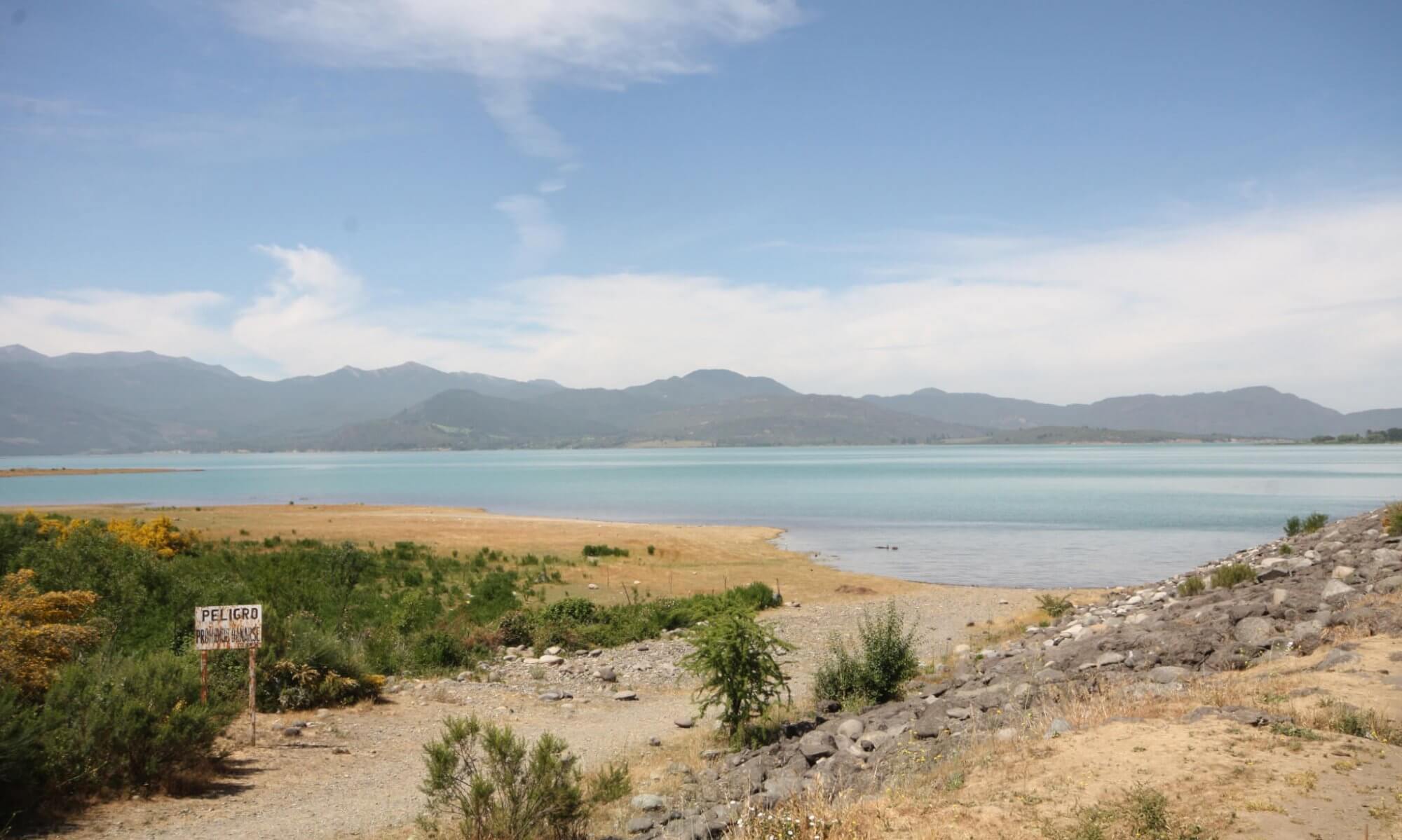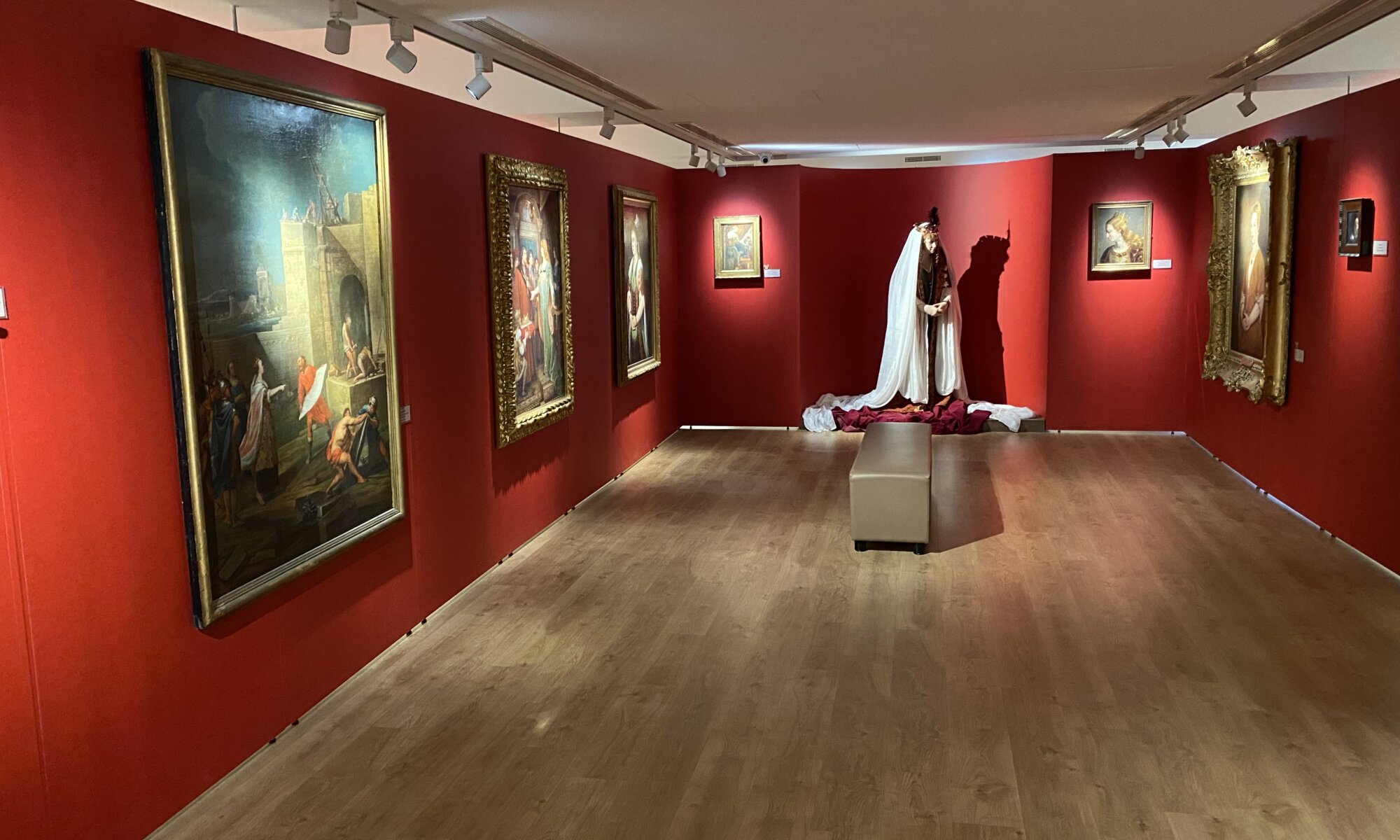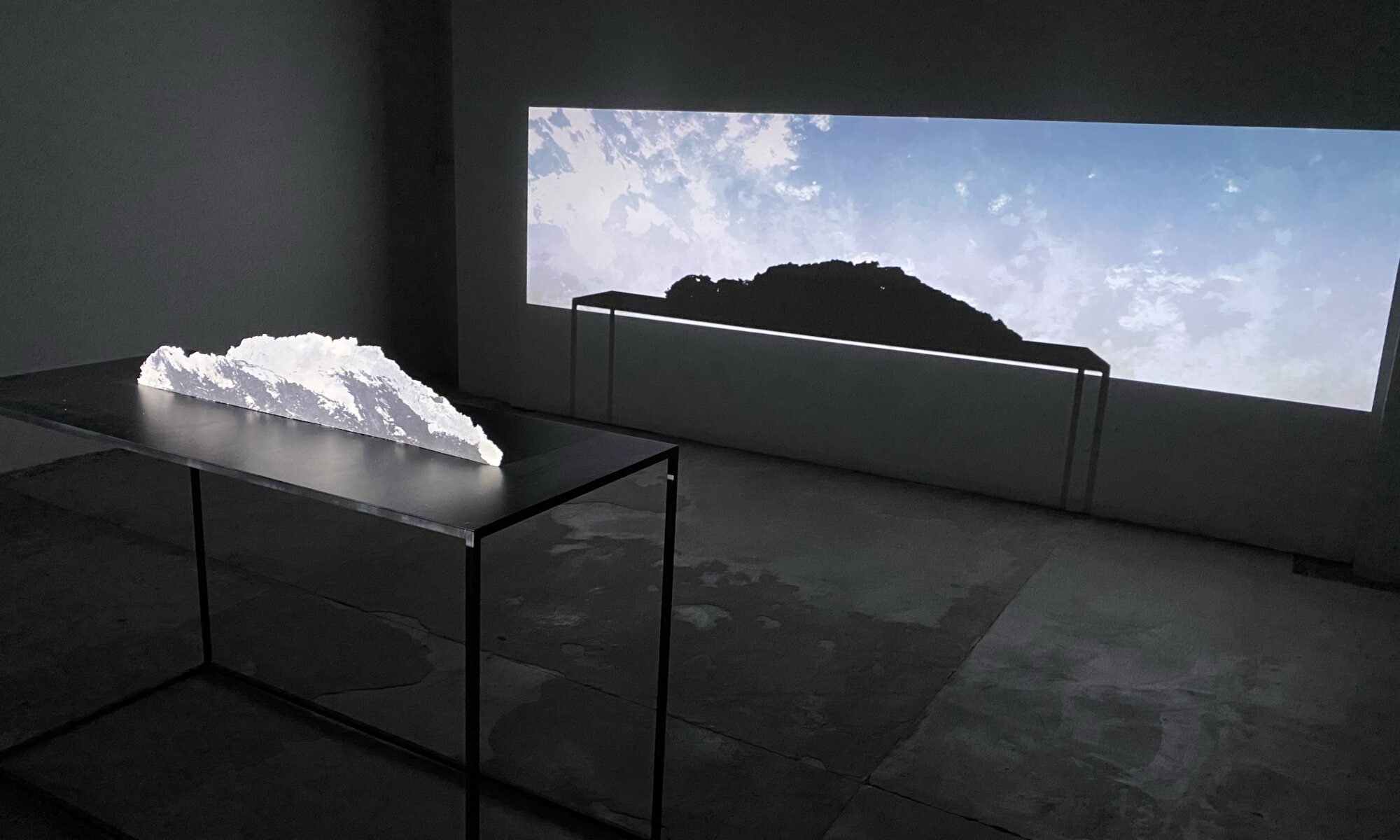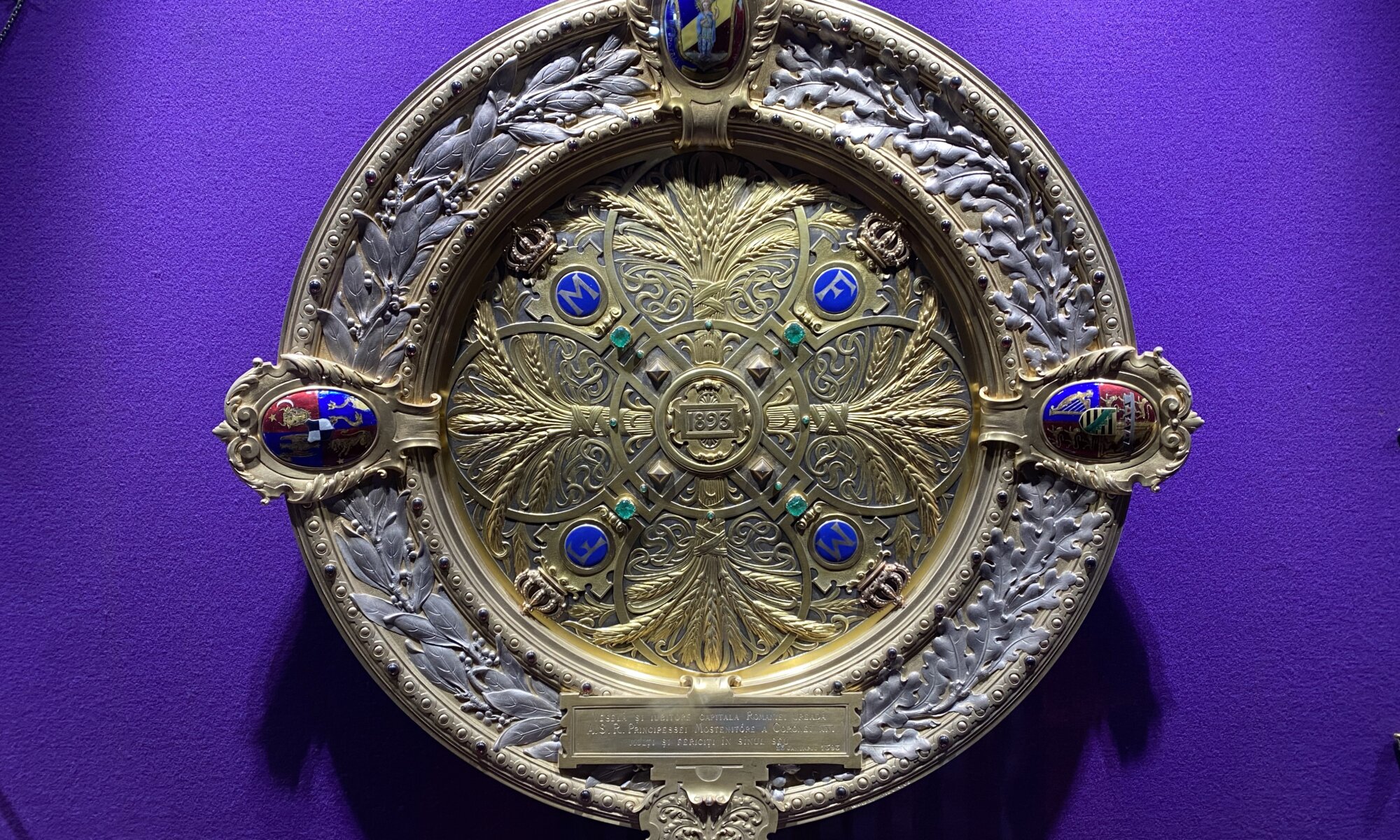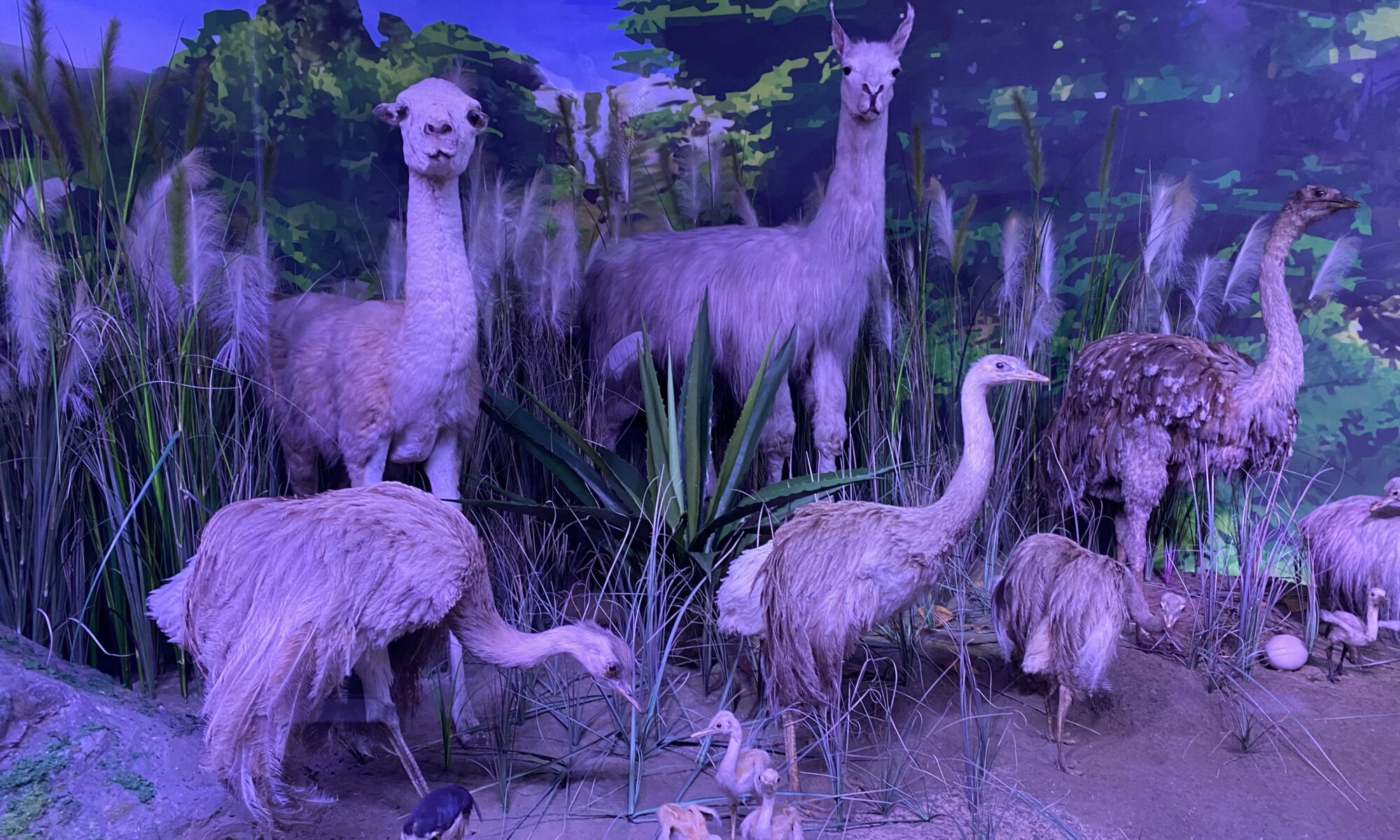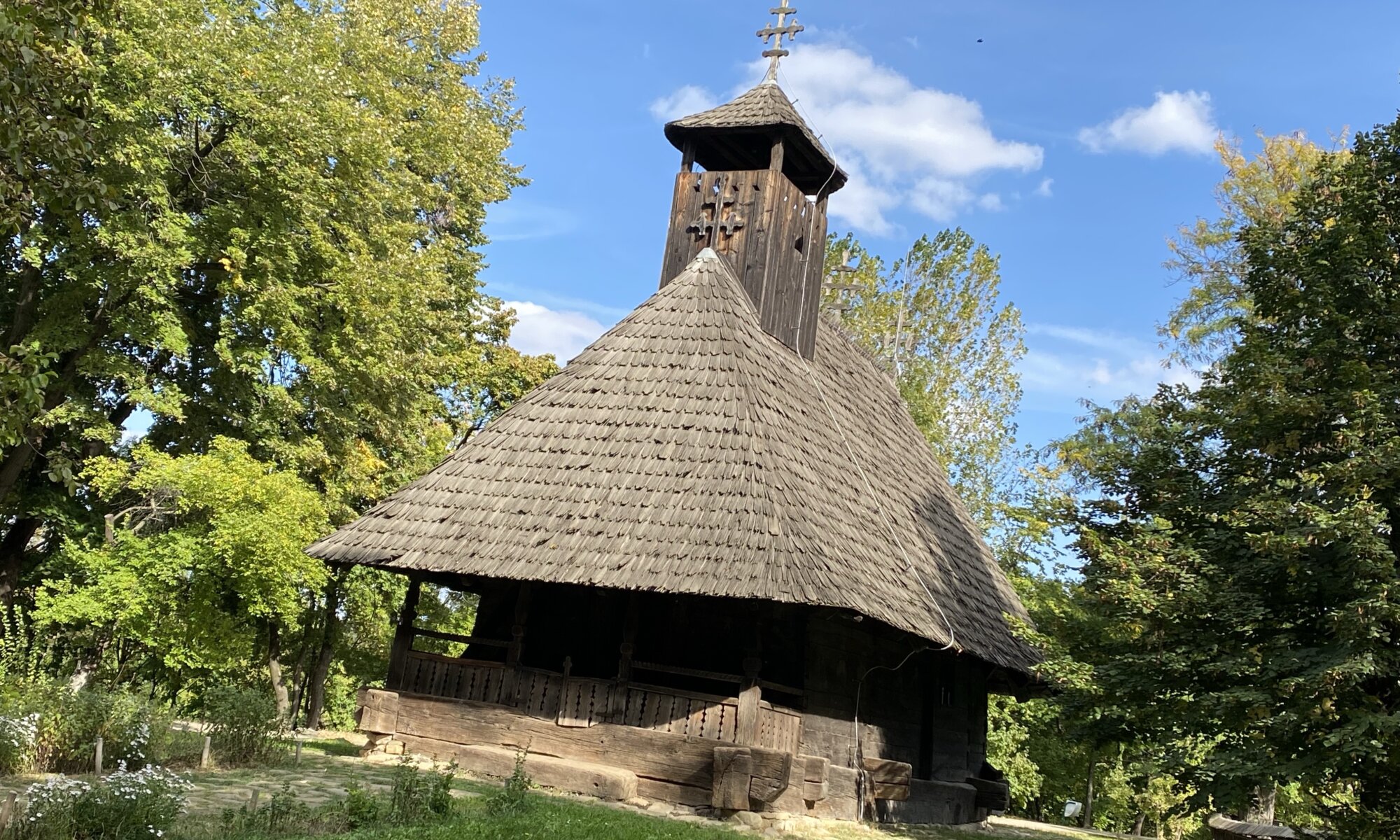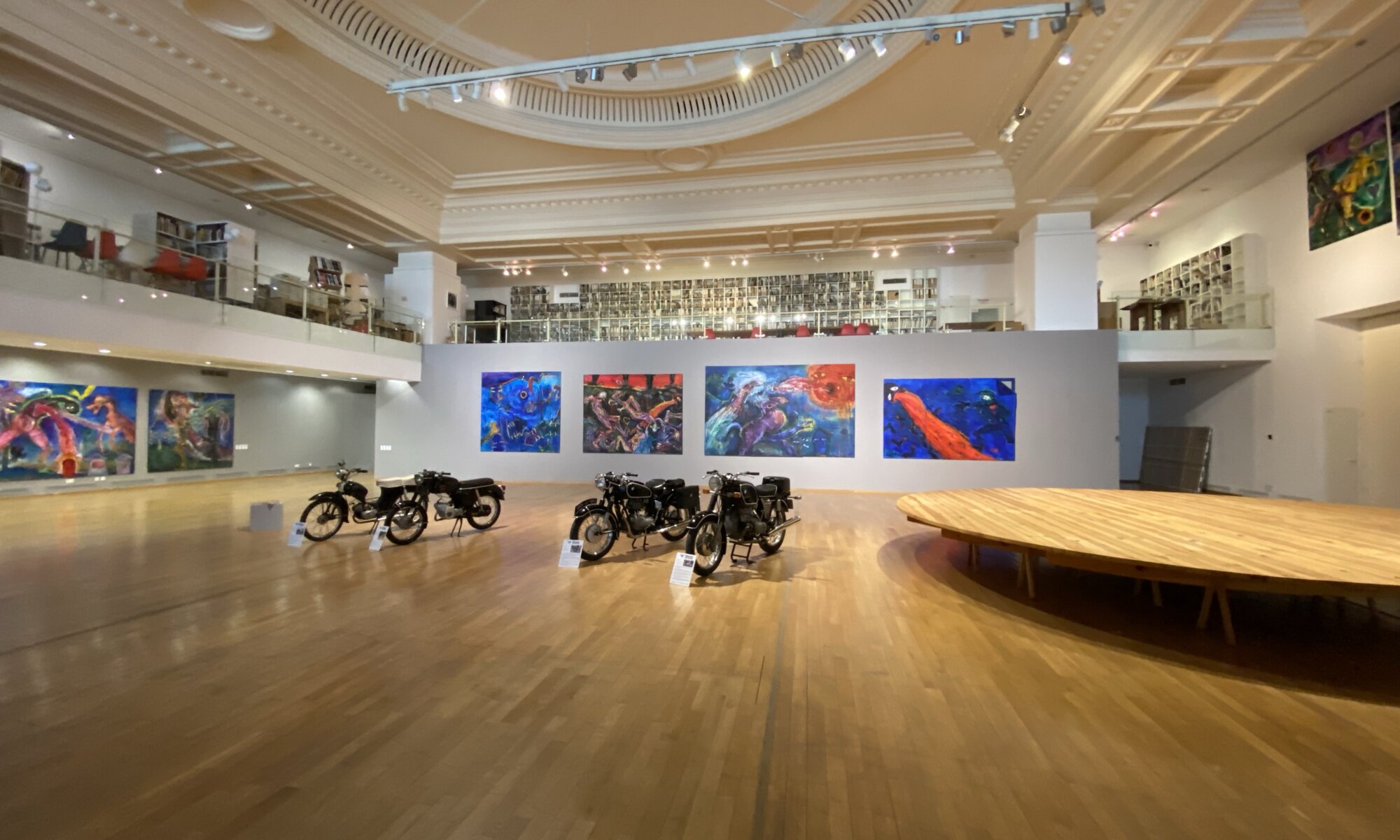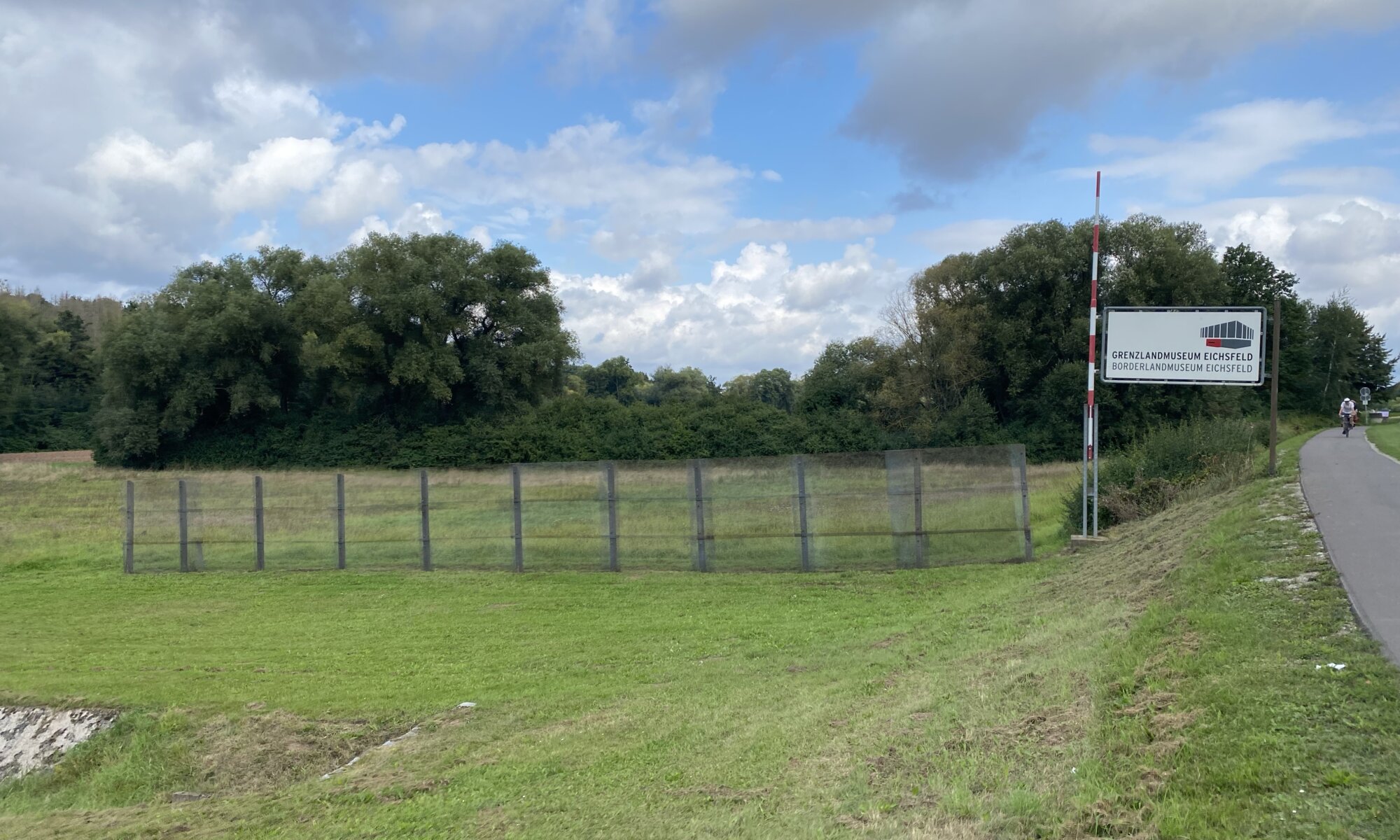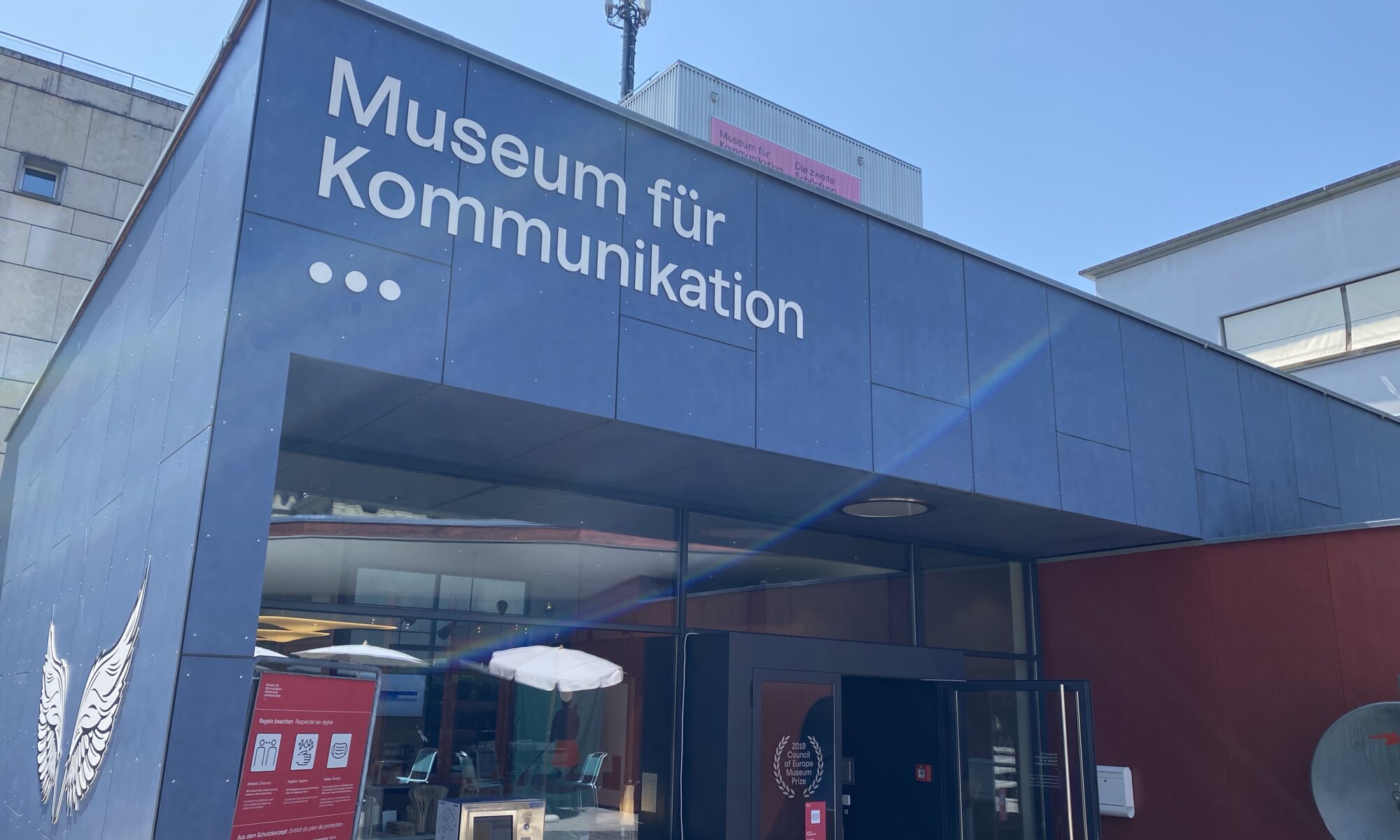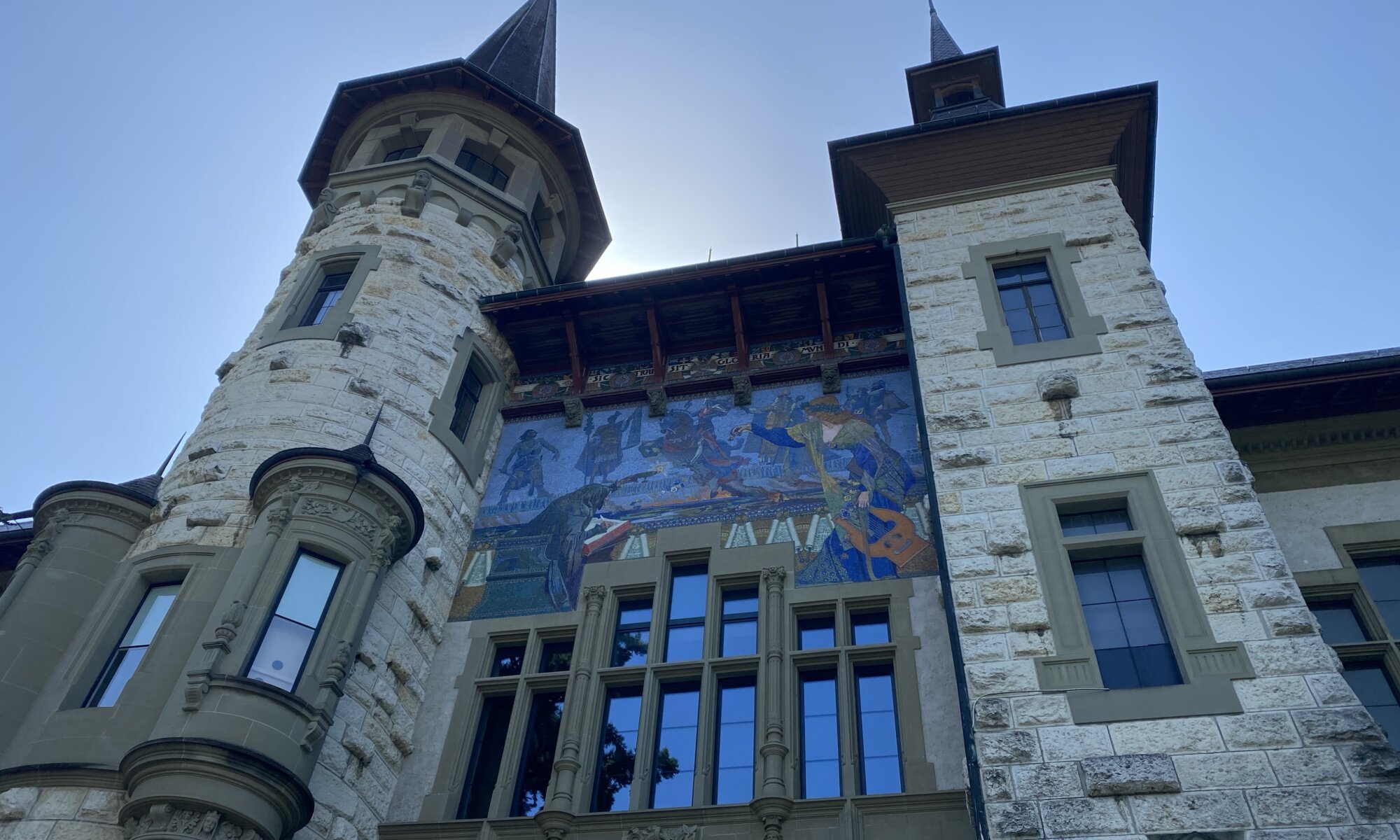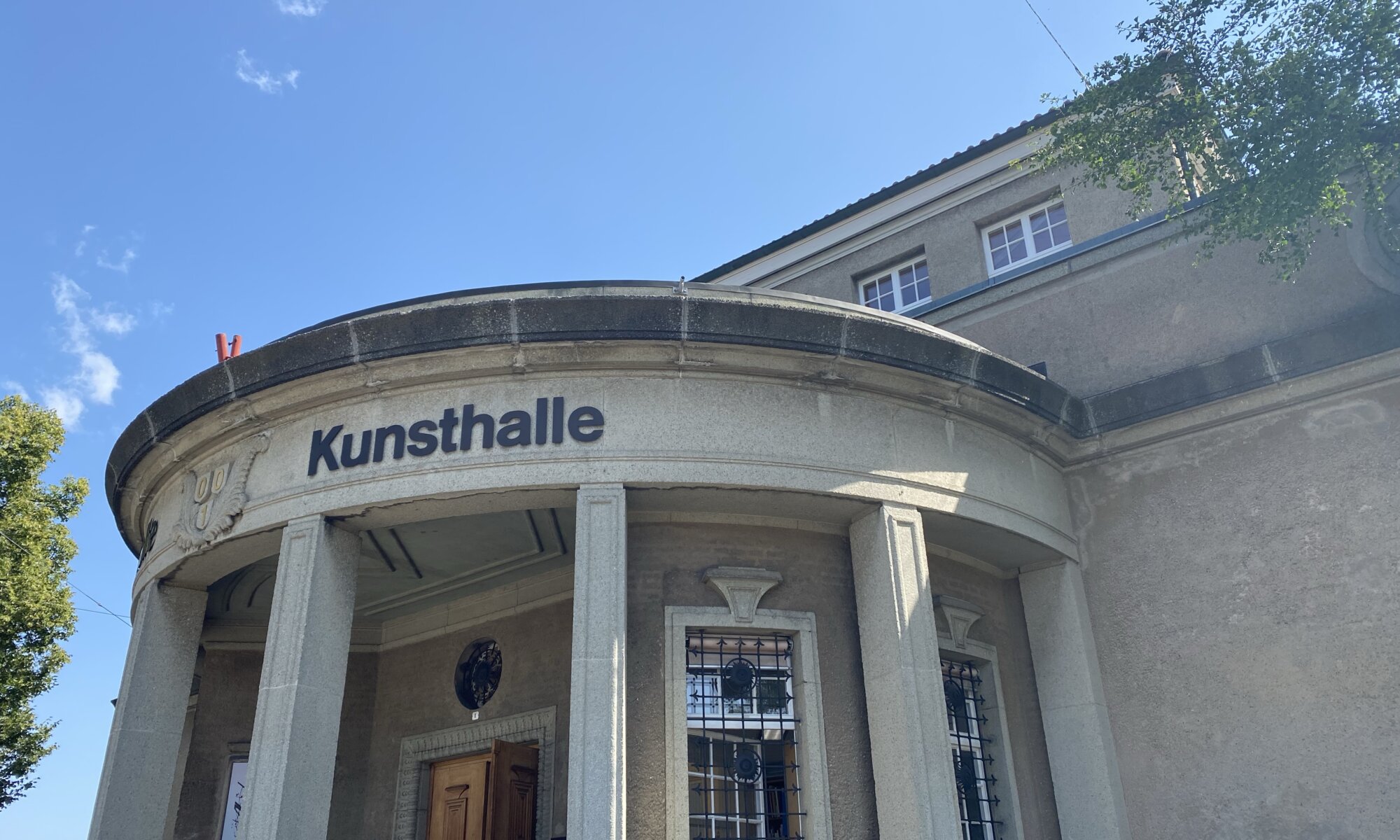The Centre of Visual Arts and Research (CVAR) is a wonderful museum in the northeast of the Greek part of the old town of Λευκωσία. On multiple levels the CVAR shows drawings and paintings of Cyprus. These depict the island in former days and also express how the country has been seen; especially on posters advertising the ‘colony’ as a vacation paradise.
Continue reading “Visual arts”NiMAC
If you’re into modern and contemporary art you should pay a visit to the NiMAC, Nicosia Municipal Arts Centre. It is located in the old powerhouse of Λευκωσία and already this renovated ancient building is worth dropping in. The rather small museum was opened in 1994 and exhibits works from Cypriot and foreign artists.
Continue reading “NiMAC”Istorie a României
Visiting the national history museum (Muzeul Național de Istorie a României) of București is a bittersweet experience. It is located inside a fantastic, ancient building (the former postal services palace) in the city center (Calea Victoriei) – opposite to the amazing building of CEC Bank. It hosts the Romanian crown juwels and a copy of the Trajan’s column at Roma.
Continue reading “Istorie a României”Istorie Naturală
The national history museum (Muzeul Național de Istorie Naturală) of București was already founded in 1834. In 1933 it was named after its director Grigore Antipa by king Carol II. It is a mix of ancient coins, stones, fossils, minerals and artworks connected to natural history of Romania.
Continue reading “Istorie Naturală”Life at the village
The national village museum (Muzeul Național al Satului) of București is an open-air museum founded in 1936. It is named after one of the three founders, Dimitrie Gusti, a professor, and minister of education. On 100,000 m2 you can see more than 250 authentic houses and farms from the different regions of Romania. It is interesting to see the different styles of the buildings which you can discover from the outside and inside.
Continue reading “Life at the village”Attached to the parliament
Never did I search so hard for the entrance to a museum than in case of the Muzeul Național de Artă Contemporană at București, Romania. It is located inside the giant parliament building (Palatul Parlamentului) which is well-secured and there is only one public entrance which brings you to the museum. But it is the only chance to enter the fantastic yet maniac Ceaușescu building and even if it would be only for the views from the roof terrace it would be worth it.
Continue reading “Attached to the parliament”Grenzlandmuseum
If you grow up in nowadays Germany you can’t imagine anymore that this country was once divided. That there was a well-protected and visible border through the country, visible as an illuminated stripe at night. That people were dying between BRD and DDR, along the iron curtain. There are some places throughout Germany where you can learn about this. The best I’ve seen so far is located south of Duderstadt: The Grenzlandmuseum Eichsfeld at Teistungen.
Continue reading “Grenzlandmuseum”Museum für Kommunikation
It is one of these interactive museums you can only love and enjoy: the museum of communication at Bern, Switzerland. It was founded in 1907 as the museum of the Swiss Post and is today a large playground about all facets of human communication. It is very modern, well designed and it activates and involves the visitors.
Continue reading “Museum für Kommunikation”Berner Historisches Museum
The history museum of Bern resides in an impressive building created until 1984 in historicism style. It exhibits collections about the early history of the region and spectacular findings over the centuries (like the statues hidden in the iconoclasm of 1528). This includes archaeology and ethnography, but also numismatics.
Continue reading “Berner Historisches Museum”Kunsthalle
The Kunsthalle of Bern is just a small exhibition space for art that has been opened in 1918 and is used solely for changing exhibitions. A visit there can be amazing if you get to see a fantastic exhibition or rather boring if you come at the wrong point in time. Reviews of the museum vary extremely – but how could it be any different?
Continue reading “Kunsthalle”